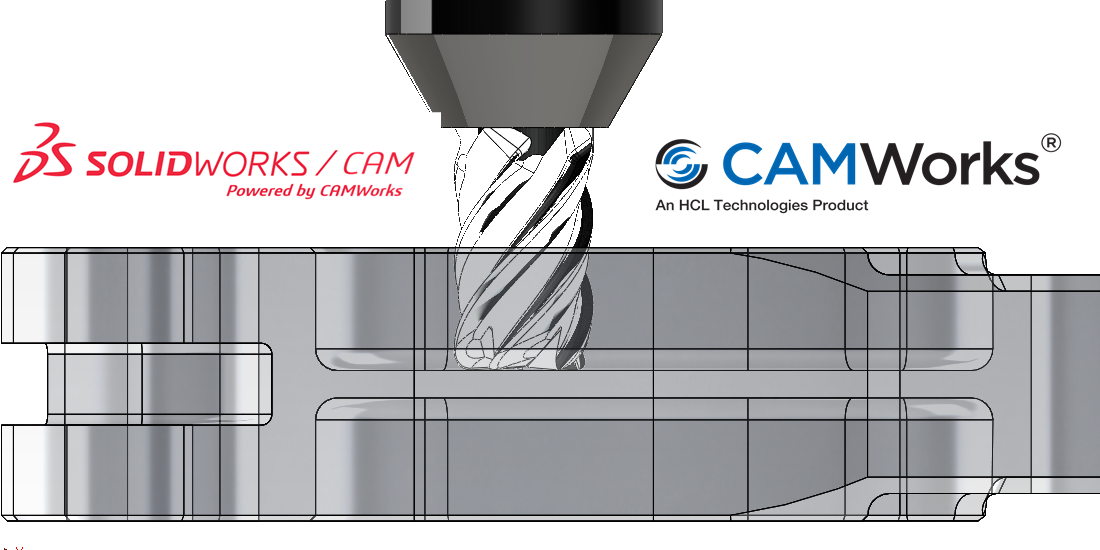

- #INKSCAPE GCODE PRINTS ONLY A PART SOFTWARE#
- #INKSCAPE GCODE PRINTS ONLY A PART PLUS#
- #INKSCAPE GCODE PRINTS ONLY A PART SERIES#
If you want to continue working on the original layer, simply click on it to select it. You can also move objects from one layer to another by simply copy and pasting them. With that layer selected, all objects you create will now be placed onto it. Once you click the Add button you should notice the new layer added to the Layers menu index. Sublayers are essentially layers within layers.
#INKSCAPE GCODE PRINTS ONLY A PART SOFTWARE#
The name you choose is for your own reference and has no impact on how the software functions, so feel free to name it whatever you’d like. This will open a new dialog that asks you to choose a name for your layer: From here you can choose the name and location of your new layer.
#INKSCAPE GCODE PRINTS ONLY A PART PLUS#
To add a new layer in Inkscape, simply click the plus ( +) icon towards the bottom-left of the Layers menu: Clicking this button allows you to create a new layer. Let’s go over some of the ways in which you can work with layers in Inkscape. The stacking order of the layers dictates the order of the elements on your canvas.įor example, the “ Logo” layer is at the top of the order in the Layers menu, therefore all of the elements in that layer will be positioned above all of the elements in the layers beneath it. Layers were used to construct the following design: Click to enlarge.Īs depicted above, the design consists of three primary segments:Įach of these three segments contain various design elements within them. The following is a working example of how layers function and why they can be beneficial. All of the elements that you generate will be placed on that layer unless specified otherwise. The Layers menu will be opened as a dockable menu on the right-hand side of your screen: Outlined in red above.Īs previously mentioned, layers are a way of segmenting and organizing your artwork.īy default, every new document that you create in Inkscape consists of 1 layer, usually named “ Layer 1” by default. Create your page by dropping your new PNG onto the page and scaling the image to fit your page or have the size you want.Alternatively, you can access it using the keyboard shortcut: Control + Shift + L Pull your image into a publisher like Libre Office Draw. The DPI request is irrelevant as you are exporting an image that you can resize in another program at will - not printing. When the prompt asks how many pixels - multiply size X your desired output size.

Keep it visible if you want to know where its limits are.Ĭlick within the space of a backer. Otherwise, work with the backer layer locked. Lock all of the layers above the backer layer after your work is done and you are ready for output. Put your images on these backers as you want.
#INKSCAPE GCODE PRINTS ONLY A PART SERIES#
You could make a series of these "backers." The size of the rectangle needs to be big enough to encompass all of your drawing. On your new bottom layer, create a rectangle and convert it. Go into your document properties and turn off the page border.


 0 kommentar(er)
0 kommentar(er)
